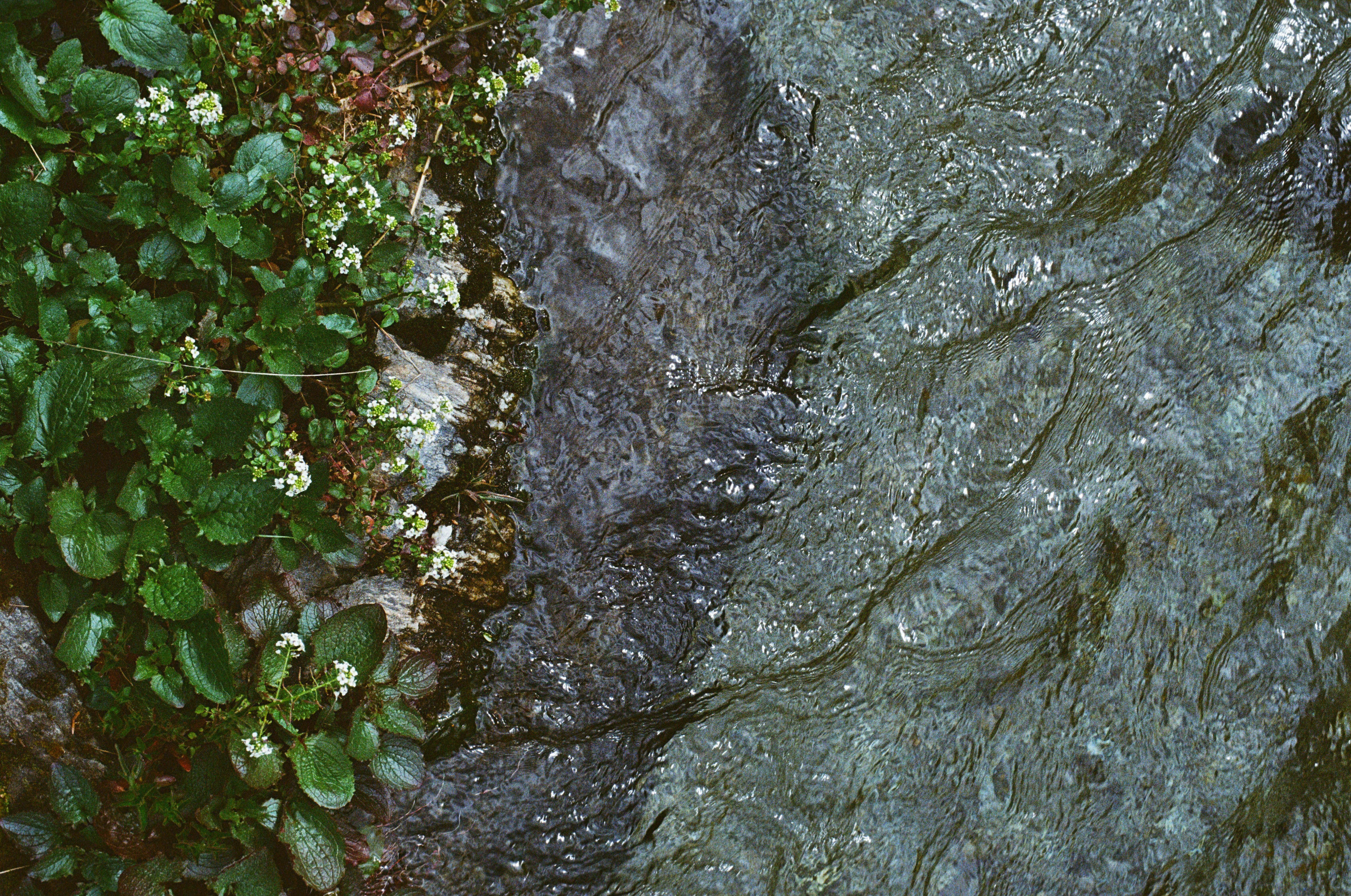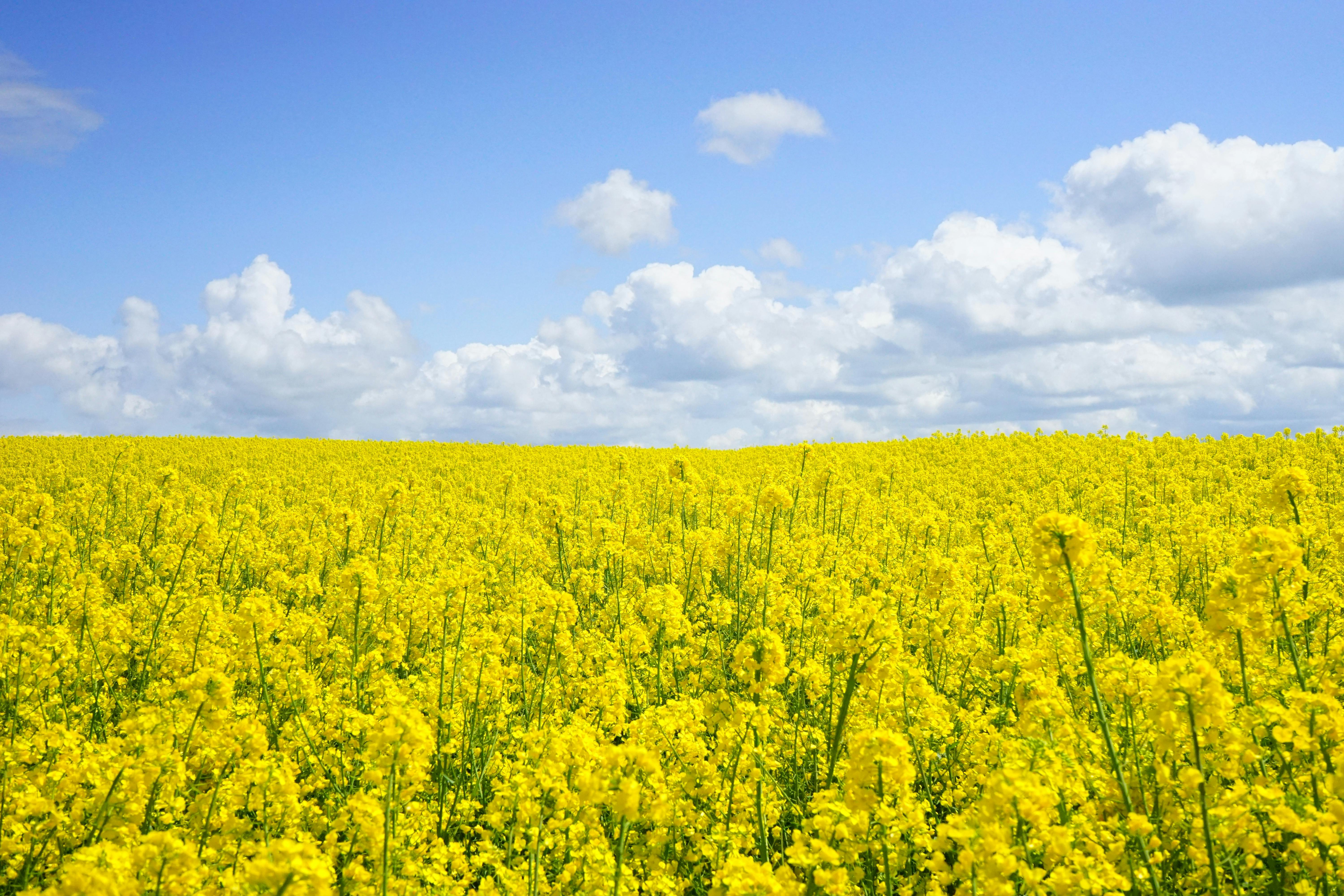If you’ve been growing pepper plants and they’re not producing, you may be wondering what’s wrong. It can be difficult to diagnose the problem, but with a few simple steps and careful observation, you can get your pepper plants growing again. In this article, we’ll discuss some common reasons why pepper plants may not be growing and provide helpful tips on how to fix them.There are a number of factors that could be affecting your pepper plant’s growth. These include inadequate light, over- or under-watering, incorrect soil composition, pest infestations, and nutrient deficiencies. Additionally, extreme temperatures or windy conditions can also slow down the growth of your pepper plant. To ensure healthy growth, it is important to assess the environment in which your pepper plants are growing and make adjustments accordingly.
Inadequate Sunlight Exposure
One of the main reasons why pepper plants are not growing is inadequate sunlight exposure. Peppers need at least six hours of direct sunlight every day to thrive and grow. If your pepper plant is not getting enough sunlight, it may struggle to grow and produce fruit. Make sure your pepper plant is placed in an area that receives adequate sunlight each day.
Incorrect Soil pH
Another common reason why pepper plants are not growing is incorrect soil pH. Peppers prefer slightly acidic soil with a pH between 6.0 and 7.0. If the pH of the soil is too high or too low, the pepper plant may struggle to take up the necessary nutrients for growth. Test your soil’s pH and adjust as needed with amendments such as lime or sulfur.
Poor Drainage
Poor drainage can also affect the growth of pepper plants. Peppers do not like their roots sitting in wet, soggy soil for extended periods of time. If you notice that your pepper plant’s leaves are wilting or turning yellow, it may be a sign that the soil is not draining properly. Consider adding additional compost or mulch to improve drainage.
Lack of Nutrients
If your pepper plant looks healthy but isn’t growing, it may be lacking in essential nutrients such as nitrogen, phosphorus, and potassium. Consider adding a balanced fertilizer to your garden bed to give your pepper plant a boost of essential nutrients. You should also make sure you are regularly watering your pepper plant with nutrient-rich water.
Pests and Diseases
Pests and diseases can also affect the growth of pepper plants. Common pests such as aphids, spider mites, and whiteflies can sap vital nutrients from your pepper plant and leave it weak and stunted in growth. Diseases such as blight can also cause serious damage to peppers if left untreated. Keep an eye out for any signs of pests or diseases and treat them promptly with an appropriate pesticide or fungicide.
Nutrients for Pepper Plants
Pepper plants require several different nutrients to grow and thrive. These include nitrogen, phosphorus, potassium, calcium, magnesium, sulfur, iron, zinc, and boron. Nitrogen is the most important nutrient for pepper plants as it helps promote green foliage growth. Phosphorus helps with root development and flowering. Potassium helps with the overall health of the plant and improves fruiting quality. Calcium helps with cell wall strength and prevents blossom-end rot in peppers. Magnesium aids in photosynthesis and helps keep plants healthy during periods of drought. Sulfur aids in forming proteins needed for plant growth. Iron helps with chlorophyll production and zinc assists in enzyme formation and cell division. Boron is important for flower development and seed production. Providing all of these essential nutrients to your pepper plants will ensure that they remain healthy and productive throughout their growing season.
In addition to providing these essential nutrients to your pepper plants, it is also important to keep them well-watered throughout their growing season. Watering your peppers deeply once a week should be sufficient if there has been no rain to provide moisture for the plants. It is also important to mulch your pepper plants heavily to help retain moisture in the soil during periods of drought or heat stress. Mulching can also help reduce weeds that may compete for nutrients with your pepper plants.
Providing Adequate Sunlight for Pepper Plants
Pepper plants require a minimum of six hours of direct, unfiltered sunlight per day. This amount is required for optimal fruit production, and it should be evenly distributed throughout the day. If your pepper plants do not receive enough sunlight, they will become stunted or produce fewer fruits. To ensure that your pepper plants get enough sunlight, you should consider the following tips:
Position your pepper plants in an area that receives at least six hours of full sun each day. This may mean placing them on a south or west-facing windowsill or balcony. You can also move them to an outdoor location if possible.
If you do not have access to direct sunlight, you can use artificial light sources to supplement your pepper plants’ natural light needs. Fluorescent lights can provide adequate lighting for pepper plants if they are placed close enough to the plants and left on for about 12-16 hours a day.
Another option is to use grow lights specifically designed for indoor gardening. These are specially designed fluorescent bulbs that provide the full spectrum of light needed for plant growth and can be hung over your pepper plants so that they receive the desired amount of light each day.
Finally, try to avoid planting your peppers in shaded areas or too close to tall buildings or trees where they won’t get enough sun exposure during the day. With these simple tips, you can ensure that your pepper plants get all the sunlight they need to produce abundant and flavorful fruits!
How Much Water Do My Pepper Plants Need?
Pepper plants are sensitive to water and require a regular watering schedule to thrive. Knowing how much water your pepper plants need can seem daunting, but it’s really not that complicated. The amount of water your pepper plants need depends on several factors, including the soil type, climate, temperature, and amount of light they receive.
In general, pepper plants need at least one inch of water each week during the growing season. If you’re in an area with high temperatures and low humidity, you may need to water more frequently. It’s best to check the soil around your plants every few days and add more water if needed. You can also use a moisture meter to help you determine if the soil has enough moisture.
One way to ensure your pepper plants get enough water is to use a drip irrigation system or a soaker hose. These systems deliver water directly to the roots and prevent it from evaporating in the hot sun. You can also mulch around your pepper plants to help retain moisture in the soil.
Overall, it’s important to provide your pepper plants with consistent watering throughout their growing season for optimal growth and yields. Too little or too much water can cause problems such as wilting or root rot, so be sure to pay close attention to the amount of water they receive each week.

Addressing Pest Issues That Could Impact Plant Growth
Pest issues can be a major problem for any gardener, as they can cause significant damage to plants and reduce the yield of crops. Properly addressing pests is essential for protecting your plants and ensuring they grow to their full potential. The first step in addressing pest issues is to identify what type of pest you are dealing with, as different pests require different treatments. Once you have identified the type of pest, it is important to use the appropriate control measures in order to effectively reduce its population and prevent further damage.
Physical control methods such as hand-picking or trapping can be effective for small-scale infestations, while chemical control methods such as insecticides or fungicides should be used for larger infestations. It is important to follow the instructions on the product label carefully in order to ensure that you are using the right amount and applying it correctly. Additionally, non-chemical control methods such as installing barriers or releasing beneficial insects can be used to help manage pest populations without impacting the environment.
Ultimately, properly addressing pest issues is essential for protecting your plants and ensuring they grow to their full potential. Taking proactive steps such as regularly inspecting your plants and keeping a clean garden will go a long way towards preventing pest infestations in the first place. Additionally, having an integrated pest management plan in place will help you address any problems quickly and effectively before they have a chance to do serious damage.
Is the Temperature Right For Growing Peppers?
Growing peppers can be a challenging but rewarding experience. The key to successful pepper cultivation is making sure the temperature is right for the peppers to thrive. Peppers require warm temperatures to grow and produce fruit, and cooler temperatures can cause them to become stressed or stop producing. Knowing when and what temperature your peppers need will ensure that you have a successful crop.
Peppers generally like warm temperatures, usually between 65-85°F (18-30°C). When the temperature drops below this range, pepper growth slows down and eventually stops. Some varieties of peppers can handle colder temperatures than others, however, so make sure you research the variety you are growing and know what its temperature needs are.
In addition to keeping your peppers in an optimal temperature range, it’s also important to protect them from extreme fluctuations in temperature. Exposure to sudden cold spells or heat waves can be harmful or even fatal for your pepper plants. If you live in an area that experiences frequent weather changes, consider investing in some protective covers such as row covers or cold frames to help keep your plants safe from drastic changes in temperature.
Finally, it’s important to note that there isn’t one perfect temperature for growing peppers. Different varieties of peppers may have different ideal temperatures for growth, so make sure you research each variety before planting them in your garden. With a little bit of knowledge and care, you can ensure that your pepper plants have the right conditions for thriving!

Conclusion
Pepper plants need the right amount of sunlight, water, nutrients, and soil pH in order to thrive. If any of these conditions are not met, the pepper plants will not grow. It is important to know your local climate and soil composition and take steps to ensure that your pepper plants have the best chance to grow. Make sure you are providing enough light and water for your peppers, and adjust the soil’s pH as needed. Additionally, provide adequate nutrients for your peppers, which can be added through fertilizer or compost. With a little bit of effort and knowledge you can have a thriving pepper garden in no time!
Growing peppers can be a rewarding experience. If you provide your pepper plants with all their needs they will reward you with delicious peppers! By understanding how peppers grow, what they need to thrive, and how to adjust the environment around them accordingly you will be able to create a successful pepper garden.

